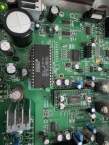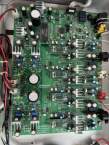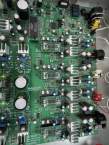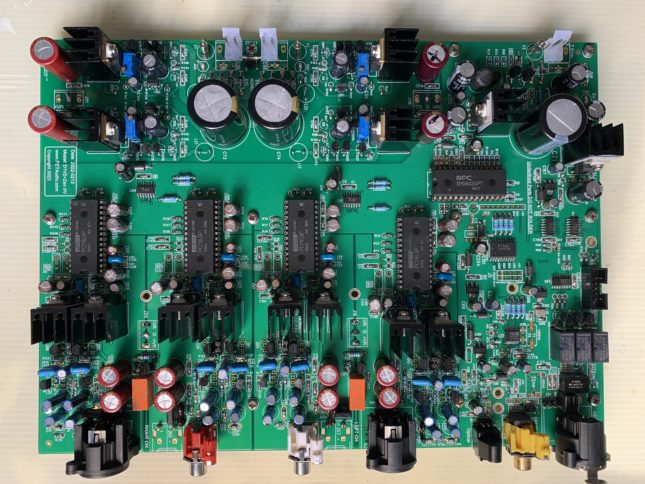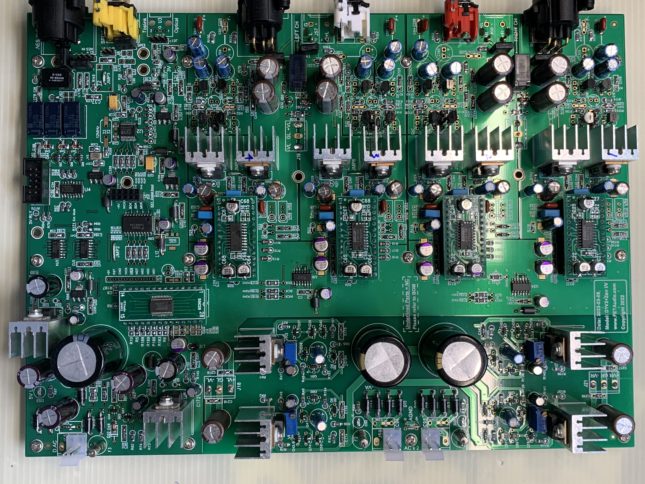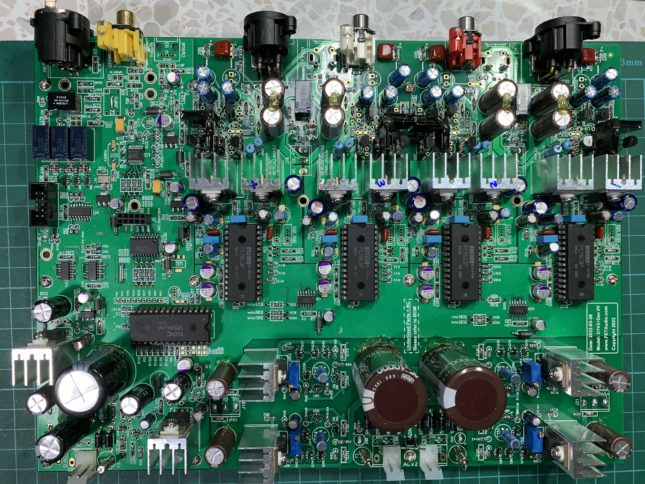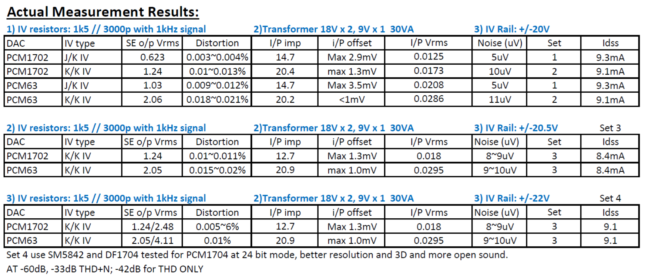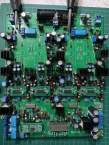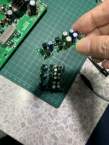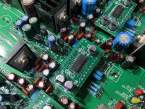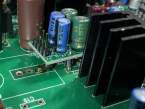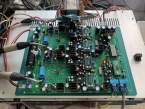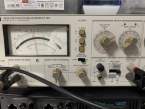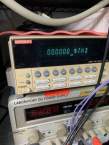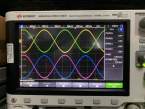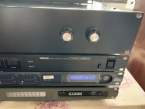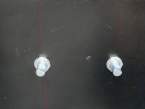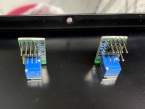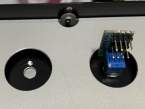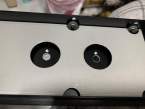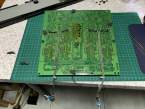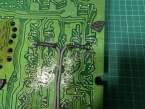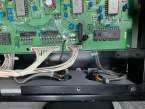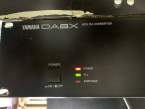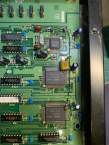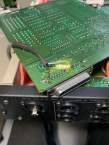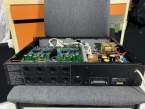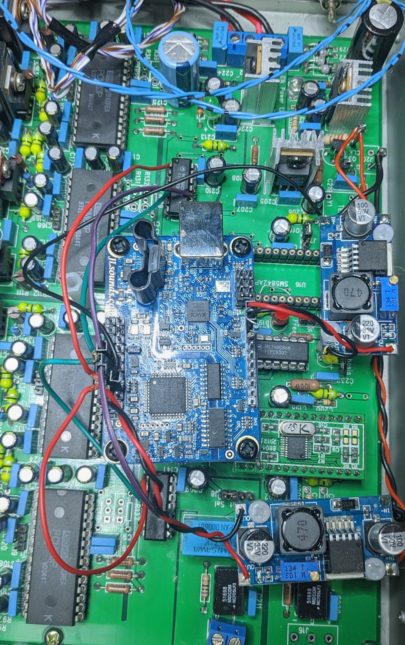Use the old PMD100 to SM5842 board as I still have it on hand. But need cut trace as what is
For PMD100 converter board, cut trace between pin 12 and 13. Short the pin 13 to pin 14 (ground) – PMD100 set to 16 to 24 bit input mode with Left Justified 24 bit.
If you want to change the PMD100 converter board to 24 bit ouput mode (for PCM1704), you have to set pin 10 from L (ground) to H (5V). Short pin 10 to pin 11 if you can isolated the ground connection on pin 10. Then you have 24 bit output mode.
I use a new converter board so that cutting the ground connection for pin 10. It is a bit difficult as need to do on both side of trace, after then put a smd 0 ohm resistors for pin 11 and pin 10.
For WM8804, also need to set to L justified mode by putting the two 10k ohm resistor to the correct position as in photo (R214 and R215).
PMD100 sound very different from DF1704 and DF1706. It is more clear and also smooth in mid and thus more musical feels. I think it sound better!!! Some people say PMD200 is even better! Need to try in future.
